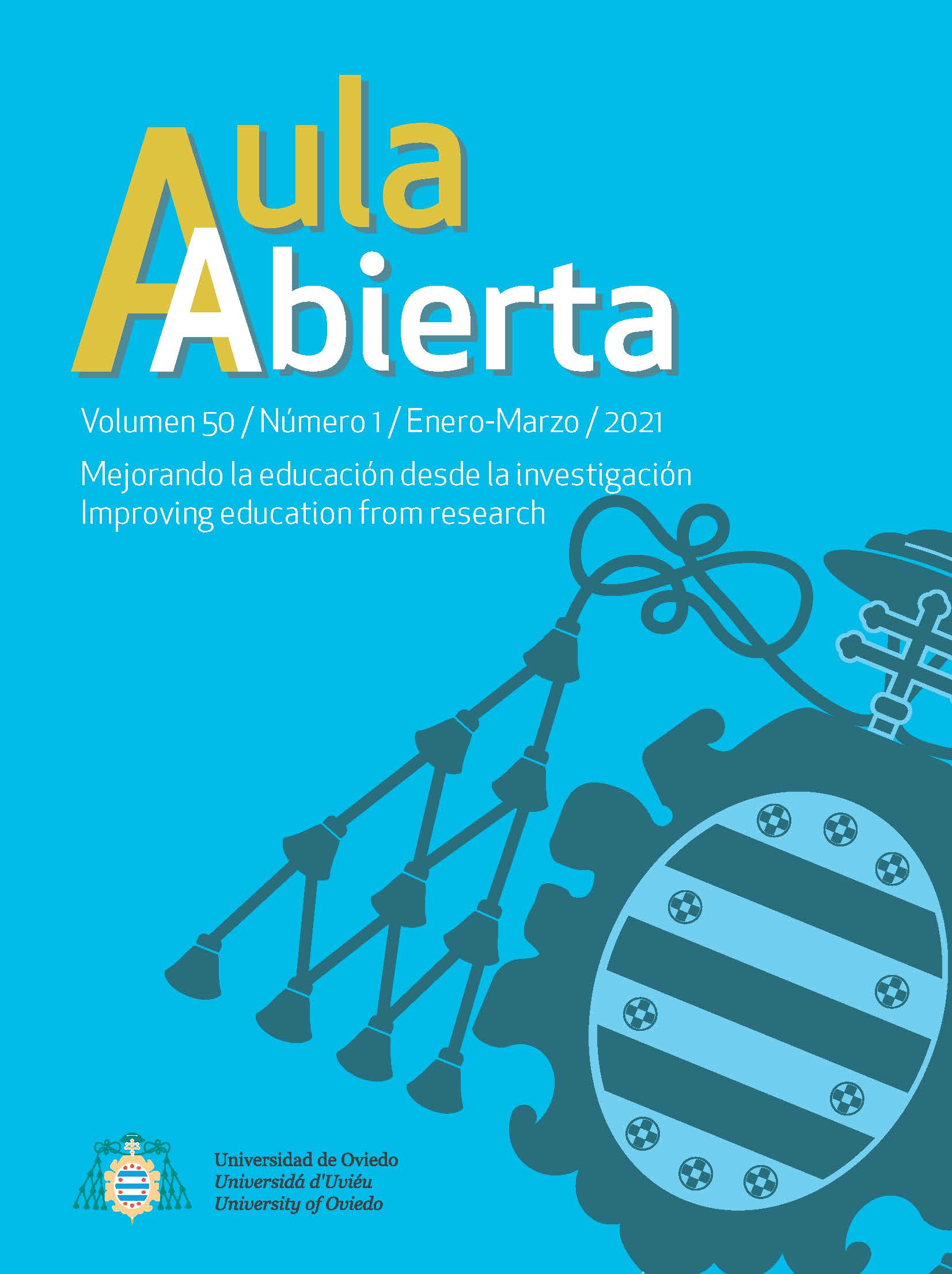Abstract
The integration between virtual and face-to-face (ftf) classroom learning is increasing. This is leading to an increase in mixed learning or blended-learning. Due to this growing trend there is a need to reuse course components between these strategies in the interest of efficiency. Additionally, the wide availability of open source software facilitates the construction of learning activities without incurring in licences expenses; activities which can then also be included in other courses. The reuse of these learning activities between virtual, ftf and mixed education may require significant efforts to adapt them if this possibility has not been considered in advance. Adoption of certain architectures and methodologies, that facilitate flexibility and reuse, can simplify this process, as proposed in this paper. A case study is presented on reusing learning activities on Management Information Systems (MIS) developed for either ftf instruction or for an edX MOOC, that are reused in courses in various learning modes: online, blended learning and face-to-face.
References
Eradze, M., Urrutia, M., Reda, V., & Kerr, R. (2019). Blended Learning with MOOCs. From Investment Effort to Success: A Systematic Literature Review on Empirical Evidence. Proceeding of the European MOOCs Stakeholders Summit, EMOOCs. Naples (Italy): Springer.
Gamage, D., Whiting, M., Perera, I., & Fernando, S. (2018). Improving Feedback and Discussion in MOOC Peer Assessement Using Introduced Peers. In IEEE (Ed.), 2018 IEEE International Conference on Teaching, Assessment, and Learning for Engeneering. Wollongong.
Garrison, D. R., & Kanuka, H. (2004). Blended learning : Uncovering its transformative potential in higher education. The Internet and Higher Education, 7, 95–105. https://doi.org/10.1016/j.iheduc.2004.02.001
Jordan, K. (2014). Initial Trends in Enrolment and Completion of Massive Open Online Courses. The International Review of Research in Open and Distance Learning, 1(15), 133–159.
Kursun, E. (2016). Does Formal Credit Work for MOOC-Like Learning Environments ? International Review of Research in Open and Distrtibuted Learning, 17(3).
Mckimm, J., Jollie, C., & Cantillon, P. (2003). ABC of learning and teaching - Web based learning. BMJ, 326(April), 870–873. https://doi.org/10.1136/bmj.326.7394.870
Odoo SA. (2020). Odoo education program. Retrieved from https://www.odoo.com/es_ES/page/education-program
Pérez-sanagustín, M., Hilliger, I., Alario-, C., Kloos, C. D., & Rayyan, S. (2016). Describing MOOC-based Hybrid initiatives : The H-MOOC Framework. Proceeding of the European MOOC Stakeholder Summit, (February), 1–13.
Wenger, M. S., & Ferguson, C. (2006). A Learning Ecology Model For Blended Learning from Sun Microsystems. In C. J. Bonk & C. R. Graham (Eds.), Handbook of blended learning: Global Perspectives, local designs. San Francisco: Pfeiffer Publishing.

This work is licensed under a Creative Commons Attribution-NonCommercial-NoDerivatives 4.0 International License.
Copyright (c) 2021 Aula Abierta






